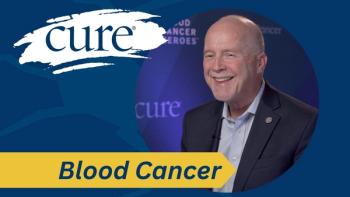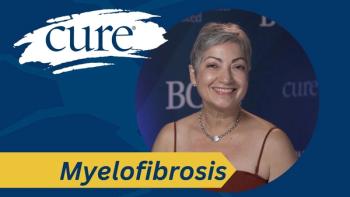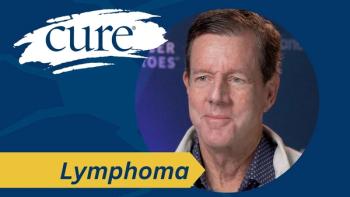
Piqray May Increase Risk of High Blood Sugar
Piqray led to elevated blood sugar in many patients with breast cancer, a recent research showed.
Patients with breast cancer who were being treated with Piqray (alpelisib) showed increased high blood sugar rates, also known as hyperglycemia, according to recent research published in the journal, Cancer.
Piqray, a drug that targets phosphoinositide 3-kinase (PI3KA) proteins and works to increase cell growth, was
What comes with treating breast cancer and targeting a PI3K subunit results in specific side effects, such as hyperglycemia. Experiencing this side effect can result in kidney damage or dehydration.
“If a patient is identified to have a PI3KCA mutation and thus eligible for treatment with (Piqray), we should be checking hemoglobin A1c level and partnering with the patient’s primary care physician and/or endocrinologist to optimize their blood sugar levels. This needs to be done months before initiating (Piqray), because once (Piqray) is started, hyperglycemia usually develops within the first two weeks of treatment. Being pre-emptive about improving glycemic status and treating prediabetes/diabetes will hopefully lower the patient’s risk of developing hyperglycemia and thus, lower their risk of needing to discontinue a drug that could be effective for their cancer,” explained study author Dr. Sherry Shen of Memorial Sloan Kettering Cancer Center, in a press release about the findings.
Within the study, 147 patients were treated with Piqray, with hyperglycemia being experienced at an 80.3% rate and serious hyperglycemia being at a 40.2% rate. Conversely, among 100 patients who were treated during a clinical trial, hyperglycemia rates were 34% and the serious hyperglycemia rate was 13%. The median time was 16 days once receiving Piqray to experiencing hyperglycemia results, according to the press release.
A specific risk factor for hyperglycemia was elevated hemoglobin A1c, which was an indicator of high blood sugar, and this could be found in prediabetes or diabetes.
Throughout this entire patient population, 66.4% who got hyperglycemia received treatment for the disease, usually with metformin, a drug commonly used for diabetes.
Blood sugar levels within a patient can change once dietary and exercise patterns change explained senior author Dr. Neil M. Iyengar.
“Improving metabolic risk factors through lifestyle interventions may also improve dose delivery of (Piqray), and ongoing clinical trials by our group and other groups are testing whether metabolic interventions such as the ketogenic diet or newer medications used to treat diabetes could also improve the treatment efficacy of cancer therapies that target the PI3K pathway,” explained Iyengar.
For more news on cancer updates, research and education, don’t forget to




